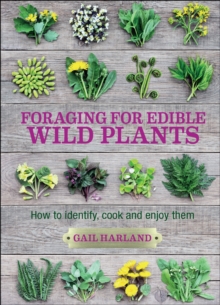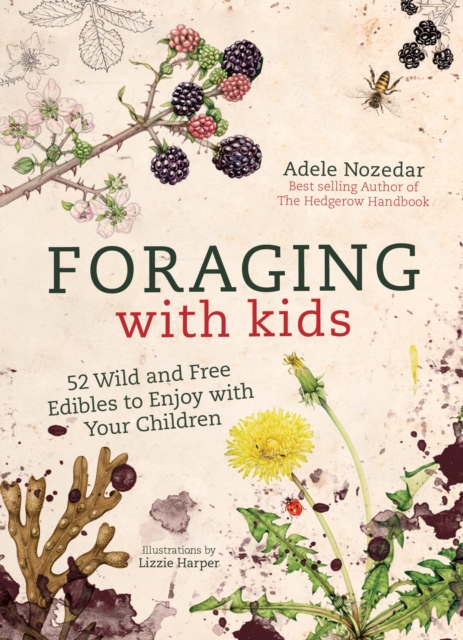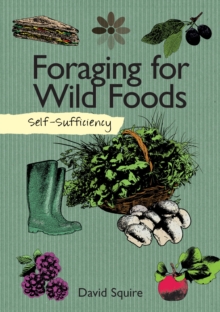We use cookies to make your experience better. To comply with the new e-Privacy directive, we need to ask for your consent to set the cookies. Learn more.
They are: Valuable for wildlife and beneficial insects. Good for the soil - locking in nutrients
Helpful in the accumulation of trace elements in soil
Hosts for essential mycorrhizal fungi underground
Interesting and unusual ingredients in cooking
Foraging for Edible Wild Plants provides full details of over 50 edible species, with: Illustrated notes on appearance and habitatValuable nutritional informationadvice on how to cook themnumerous recipe suggestions for jams, cordials, pesto, salads and soupsfascinating historical factstips for non-culinary uses such as dyes from nettles and soap from soapwortadvice on controlling invasive species such as knotweed (eat them!)identifying wild plants that are harmful if eatenattractive colour photographs throughout. Foraging for Edible Wild Plants covers both common plants, such as nettle, dandelion, chickweed and ground elder, and less common ones, such as brooklime and wintercress.
The author is a qualified dietician and horticulturalist, who puts her troublesome weeds to good use. Put Foraging for Edible Wild Plants on the bookshelf to do the same and welcome some new, plentiful edibles into the kitchen.
| ISBN/EAN | 9780857845511 |
|---|---|
| Author | Gail Harland |
| Publisher | Green Books |
| Publication date | 24 Feb 2022 |
| Format | Paperback |


